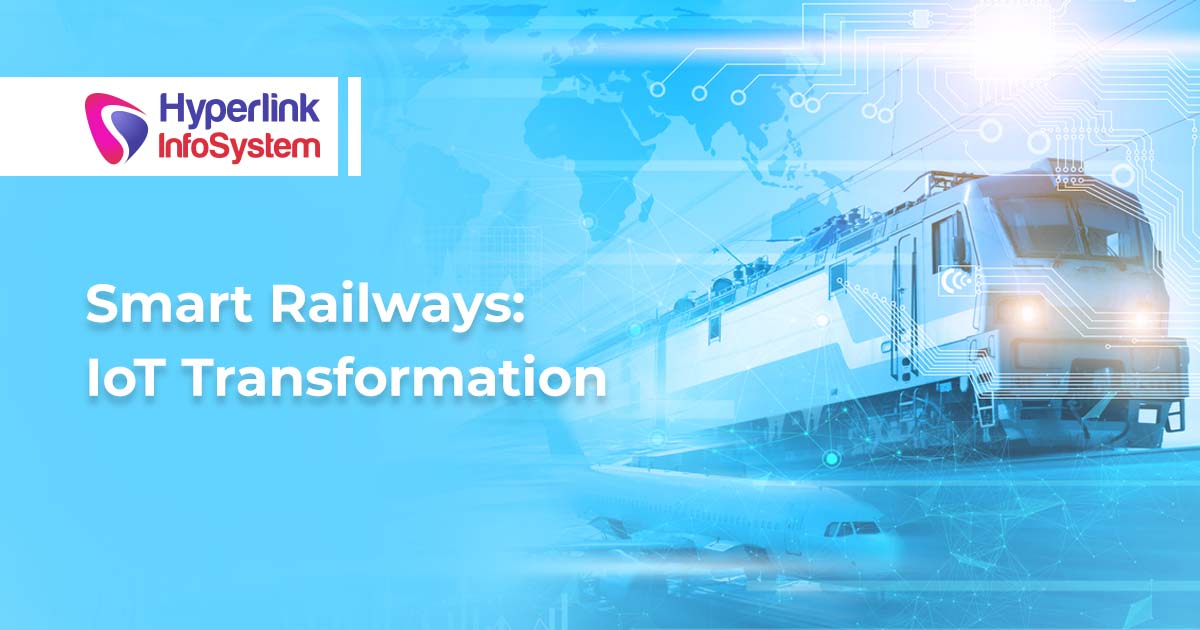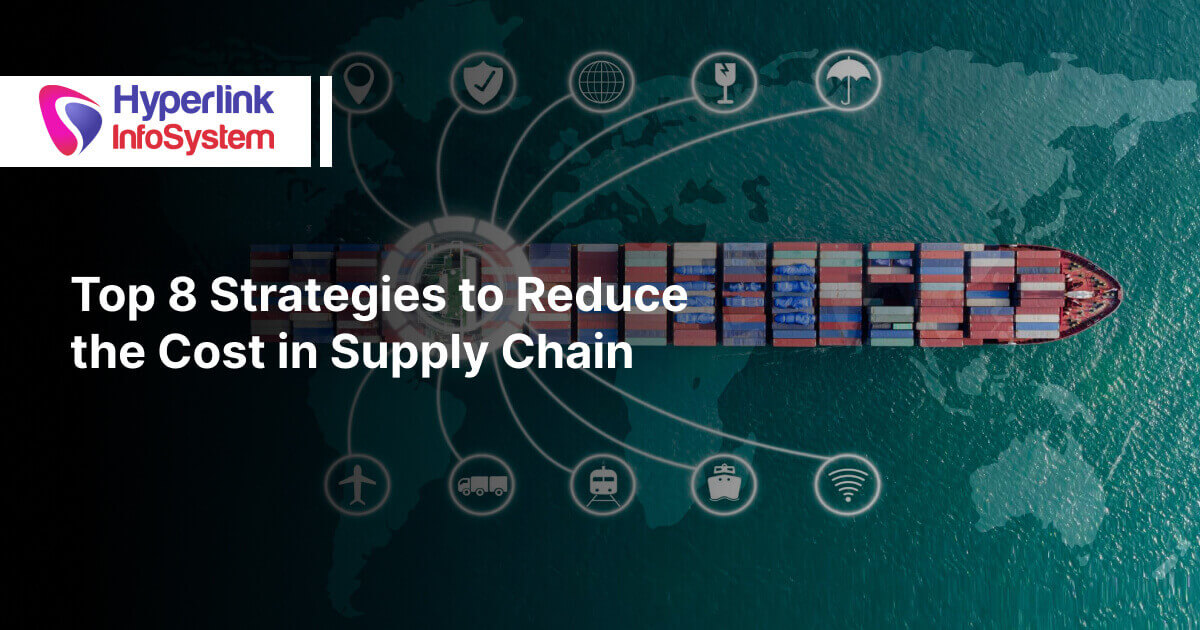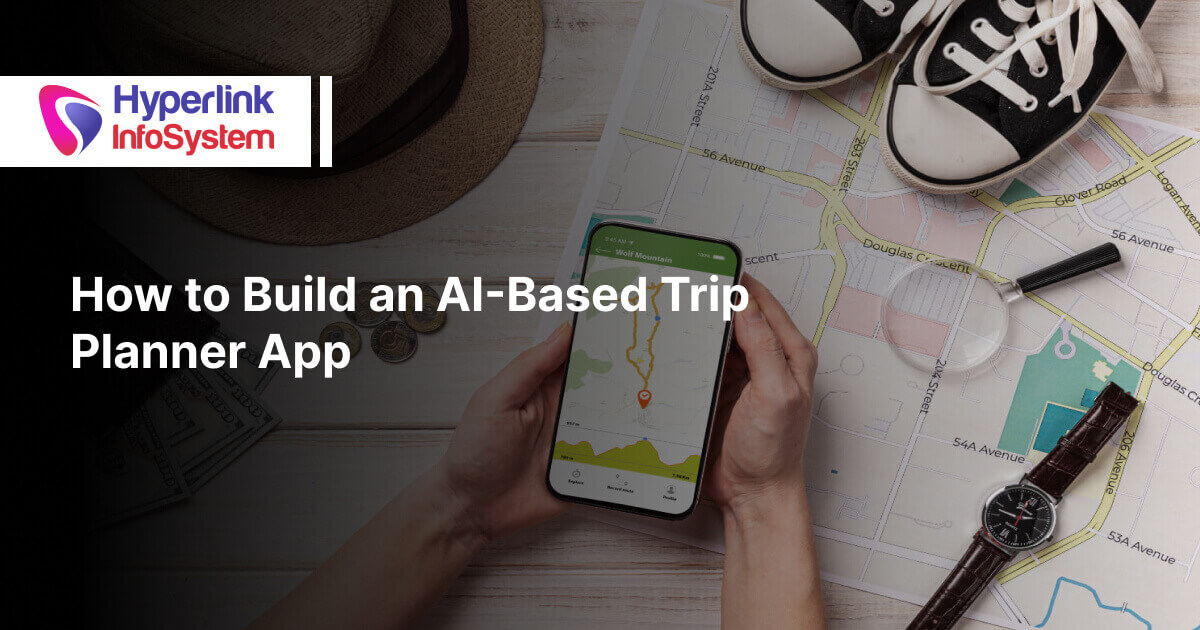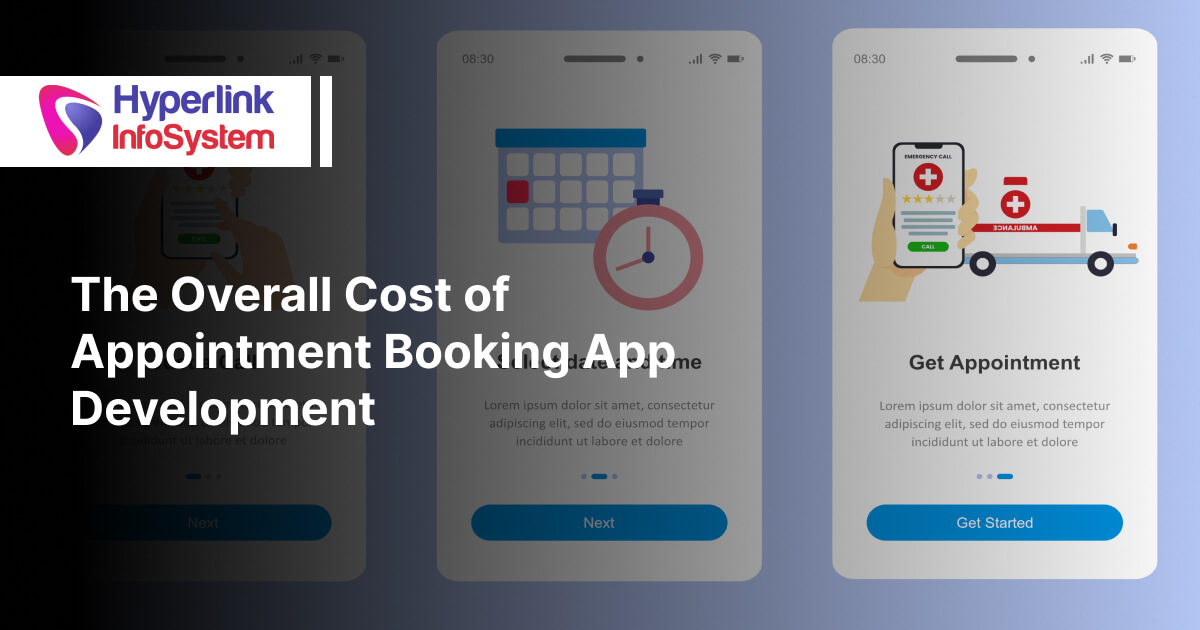Organizations that revitalize their core technology and transportation infrastructure while seamlessly integrating Internet of Things (IoT) technology, artificial intelligence (AI), and deep learning capabilities are poised to harness a wealth of data and insights. These invaluable resources will be instrumental in addressing contemporary challenges such as surging demand, constraints posed by legacy infrastructure capacity, and the escalating expectations of passenger experiences. The synergy of IoT development, AI integration, and deep learning proficiency heralds a promising avenue to effectively navigate these pressing issues.
IoT-Powered Railways
Across centuries, railways have stood as a vital mode of global transportation, contributing significantly to historical industrial revolutions and fostering vibrant, progressive societies. In the contemporary landscape, railways take on renewed significance. In the aftermath of the COVID-19 pandemic, governments at both national and municipal levels seek inventive strategies for resuming operations safely, accommodating evolving citizen requirements, managing urban population surges, and mitigating environmental consequences.
In response to these multifaceted challenges and with a vision for sustainable growth, proactive governmental bodies and railway operators are embracing intelligent IoT technologies. By infusing their rail systems with these smart solutions, they aspire to not only modernize their operations but also lay the foundation for future triumphs. This pivotal shift, characterized by the impact of IoT in railways, signifies a resolute commitment to innovation and efficiency. Leveraging expertise by hiring app developers becomes instrumental in this transformative journey.
Must Read, IoT-Based Battery Management System In Electric Vehicles
Impact of IoT in Railways
Harnessing the potential of IoT technologies empowers railway operators to strive for a railway experience that is intelligent, interconnected, streamlined, secure, and user-friendly. This endeavor yields an array of advantages, including:
-
Enhanced Efficiency
The challenges of congestion and overcrowding often lead to operational bottlenecks. Through the application of deep learning and AI via computer vision, operators can vigilantly monitor passenger movement and collect data for sophisticated analytics. This data-driven insight facilitates well-informed decisions concerning staffing levels and security measures.
-
Mitigated Downtime
Equipped with sensors, cameras, and onboard computers, rail operators can vigilantly monitor their fleet's diagnostic information. This proactive approach minimizes instances of breakdowns, enables predictive maintenance interventions, and optimizes servicing timetables. This concerted effort ensures that trains remain operational and continue their seamless journey.
-
Augmented Safety
Leveraging computer vision and AI-powered intelligent cameras facilitates the automation of safety alerts in scenarios involving potential water spills, fires, smoke, or accidents. Furthermore, these technologies prove invaluable in locating missing children within crowds and detecting unauthorized access to conveyor belts, escalators, trackways, or restricted zones.
-
Elevated Passenger Contentment
The integration of IoT technologies equips operators with a versatile toolkit to devise innovative solutions and services tailored to passenger preferences. Through near-real-time data collection and analysis, operators can offer personalized travel experiences, while providing robust and dependable onboard Wi-Fi ensuring passengers remain seamlessly connected throughout their voyage.
IoT Use Cases in Railways
In today's world, railway operators worldwide are embracing IoT-enabled solutions to establish smart and interconnected railway systems. These solutions encompass a range of applications, including advanced analytics, digital signage, and predictive maintenance, which are being creatively integrated into both established and newly developed railways. Let's delve into some of the prevalent and impactful IoT use cases that are shaping the modern landscape of railway operations.
-
1. Smart Maintenance and Predictive Analytics
One of the key challenges faced by railway operators is the maintenance of their extensive fleets. The implementation of IoT-enabled sensors on trains and tracks can facilitate real-time data collection about the condition of various components. This data can then be analyzed using predictive analytics to anticipate maintenance needs. By identifying potential issues before they escalate, operators can schedule maintenance activities more efficiently, minimize downtime, and ensure safer and more reliable journeys.
-
2. Passenger Flow Management
IoT technology can also streamline passenger flow within railway stations and trains. Sensors strategically placed at entry and exit points, as well as inside train cars, can monitor the movement of passengers in real-time. This data can be analyzed to identify congestion points and optimize crowd management strategies. This not only enhances the overall passenger experience by reducing overcrowding but also helps operators allocate resources more effectively.
-
3. Remote Monitoring of Infrastructure
Maintaining railway infrastructure, such as tracks and signals, is crucial for safe and efficient operations. IoT-enabled sensors can be deployed to monitor the condition of tracks, switches, and other critical infrastructure components. These sensors can detect issues such as wear and tear, track misalignments, or even potential structural defects. By obtaining real-time insights into the state of infrastructure, operators can proactively address problems and ensure the safety of both passengers and employees.
-
4. Enhancing Passenger Experience
IoT technology offers numerous possibilities for improving the passenger experience. Smart ticketing systems, for instance, enable passengers to seamlessly purchase tickets through mobile apps or contactless payment methods. Additionally, onboard Wi-Fi networks powered by IoT can provide passengers with uninterrupted connectivity throughout their journey, enhancing their comfort and productivity.
-
5. Security and Surveillance
Safety and security are paramount in the railway industry. IoT-powered surveillance systems equipped with smart cameras and sensors can continuously monitor train stations, platforms, and train cars. These systems can automatically detect and alert authorities in case of security breaches, suspicious activities, or emergencies. This proactive approach helps ensure the safety of both passengers and railway personnel.
-
6. Energy Efficiency and Sustainability
IoT technology can contribute to the sustainability of railways by optimizing energy consumption. Sensors installed on trains can monitor energy usage in real-time and adjust power settings based on demand. Moreover, smart lighting systems at stations and within trains can automatically adjust brightness levels according to ambient conditions, reducing energy waste.
Final Thoughts
The integration of IoT into the realm of railways has ushered in a transformative era for train travel and operations. With smart railways powered by IoT technologies, the efficiency, safety, and convenience of train journeys have reached unprecedented levels. From predictive maintenance to passenger-centric services, these innovations are reshaping the way we perceive and experience train travel.
As the demand for enhanced connectivity and efficiency continues to grow, partnering with a proficient app development company and hiring dedicated developers becomes crucial to further harness the potential of IoT and ensure the ongoing evolution of smart railways. The journey toward the future of train travel has begun, and IoT is driving the locomotive of progress.
 +1 309 791 4105
+1 309 791 4105





















































 +91 8000 161161
+91 8000 161161
